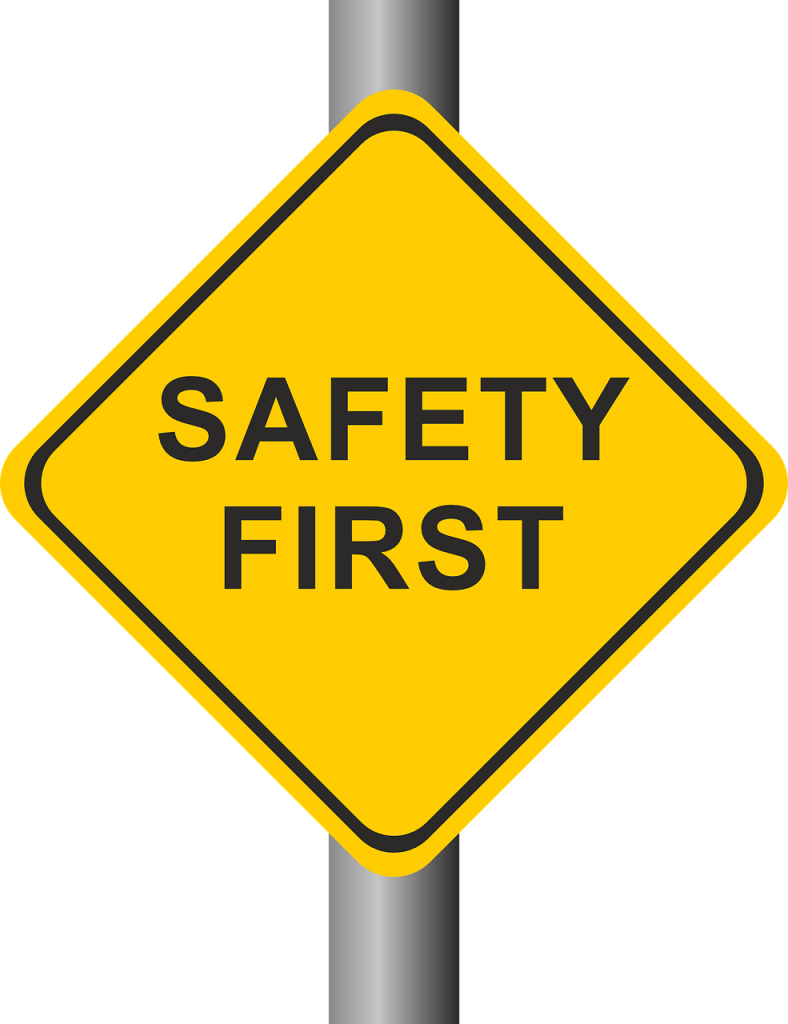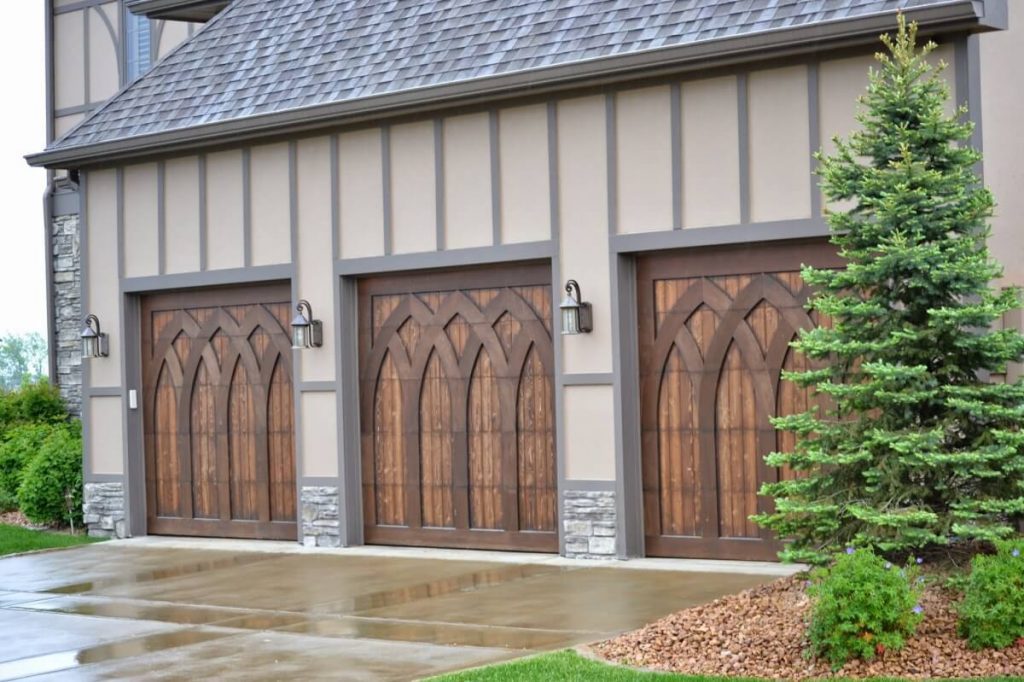
Featuring convenience a homeowners’ garage, haven for automobiles and expensive toys, is more important to us than we would have otherwise thought possible. But the one thing keeping our belongings safely stored inside, is also the one thing that often goes unnoticed, at least until something goes awry: the garage door opener.
Garage door openers are designed to control the opening and closing of the garage door, either through a wall-mounted switch or radio transmitted remote, approximately 1,500 times over the course of a year depending on the homeowners’ schedule.
Due to the strain of controlling a door weighing 150 pounds and up, they or one of their countless components may become defective, which can unfortunately create significant safety hazards. Hazards that when left unchecked can quickly lead to the occurrence of an accident. The following facts demonstrate these risks:
- Typically the largest, not to mention heaviest, moving objects within your home many of the garage door’s components are held under an immense amount of tension.
- According to the U.S. Consumer Product Safety Commission, injuries caused by the improper use (or a malfunctioning) garage door account for approximately 20,000 emergency room visits per year.
- Although severe injuries or worse can occur due to entrapment (caused when the door fails to automatically reverse); the majority of these ER visits are the result of pinched fingers.
While safety hazards are very much real, routine garage door opener safety checks, along with preventative maintenance are two great ways to ensure the safety of everyone in the home as well as those outside the home. They can also help you avoid getting stuck with costly repair bills when things go awry.
When performing the following inspections, inspectors should never attempt to fix any defects they may encounter, as the door and all its components including the garage door opener can pose significant hazards. Garage door and garage door opener repair is NOT DIY friendly!
Garage Door Opener Safety Check | Tests
Test the Door’s Balance and Alignment
Once a month, you should test the door’s alignment, and balance of your garage door. To do this, you will need to first disengage the garage door opener from the door itself, which is actually quite simple. Simply pull the red manual release rope straight down and then back.
Once you have done this, attempt to open the door, all the while taking note of how the door feels as it’s opening (i.e. does it feel light, easily moves without sticking, sticks during movement). If it sticks during the test, the door is not properly aligned, which puts undo strain on the garage door opener.
If the door is out of balance immediate repair is required!
Test the Safety Reversal System
In addition to testing the door’s overall balance and alignment, you should test the safety reverse of the garage door opener, as this prevents the door from continuing to close should someone or something get in its path.
With the door fully open, place a 2×4 flat (or similar size object) on the floor, centered directly under the floor. Operate the door in the down direction. When the door hits the object, it should automatically stop, and immediately reverse direction. Never attempt to stop the door using your hands or an object.
If the door fails this step immediately seek professional help!
Test the Photoelectric Sensors
Photoelectric sensors, aka safety eyes, located at the base of each side of the garage door emit an invisible beam. If the beam is broken, the sensors will instruct the opener to immediately reverse the door’s direction, rather than continuing to close. Proper alignment and functioning is imperative.
To test these sensors, operate the door and as the door is closing, roll a ball across the path of the sensors. The door should immediately stop and reverse direction. Malfunctioning or misaligned photoelectric safety sensors have the potential to cause severe injuries to occur.
If your sensors failed this test immediately contact a technician!
Safety Advice for Homeowners
- Never attempt to adjust or repair springs on your own. These components are held under extreme tension, and can snap forcefully, causing serious injury to occur.
- Never allow children to play with the garage door openers’ wall-mounted switch or radio-transmitted remote. They are NOT toys. You should also teach them about garage door safety.
- Never try to enter or exit your garage while the door is in motion. Should the safety revere not be working properly, this could cause you to become entrapped under the door.





